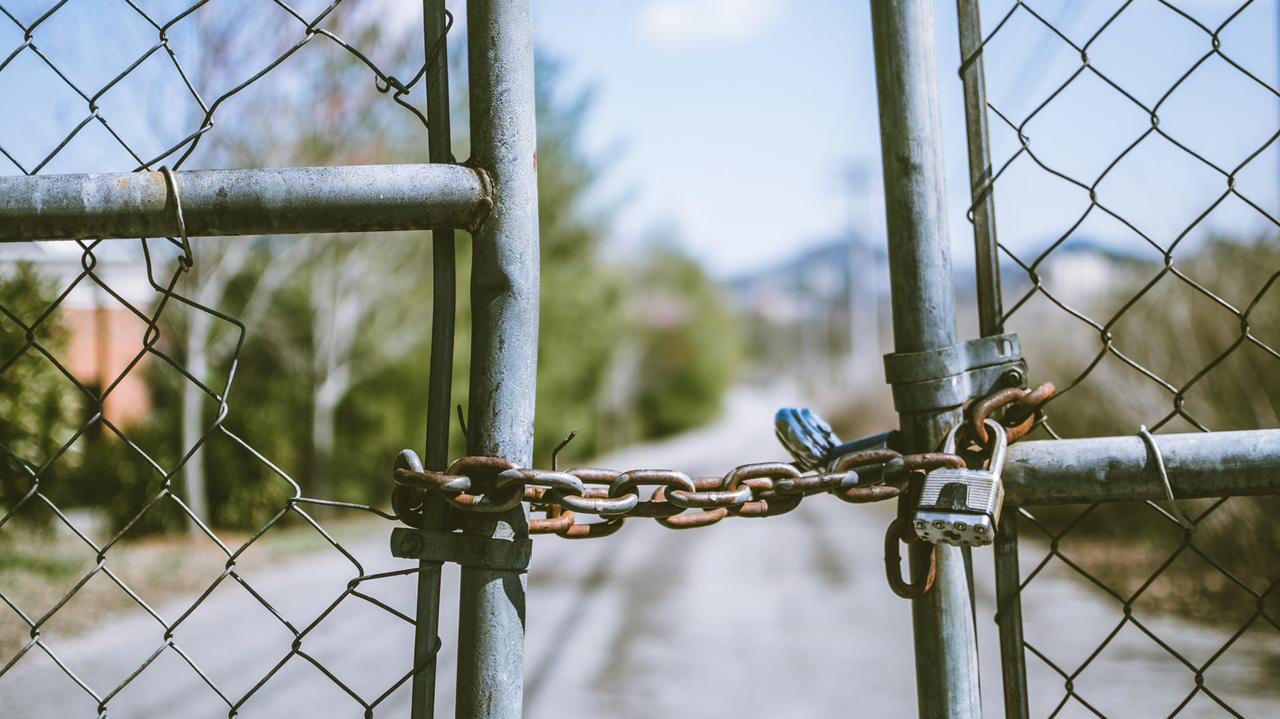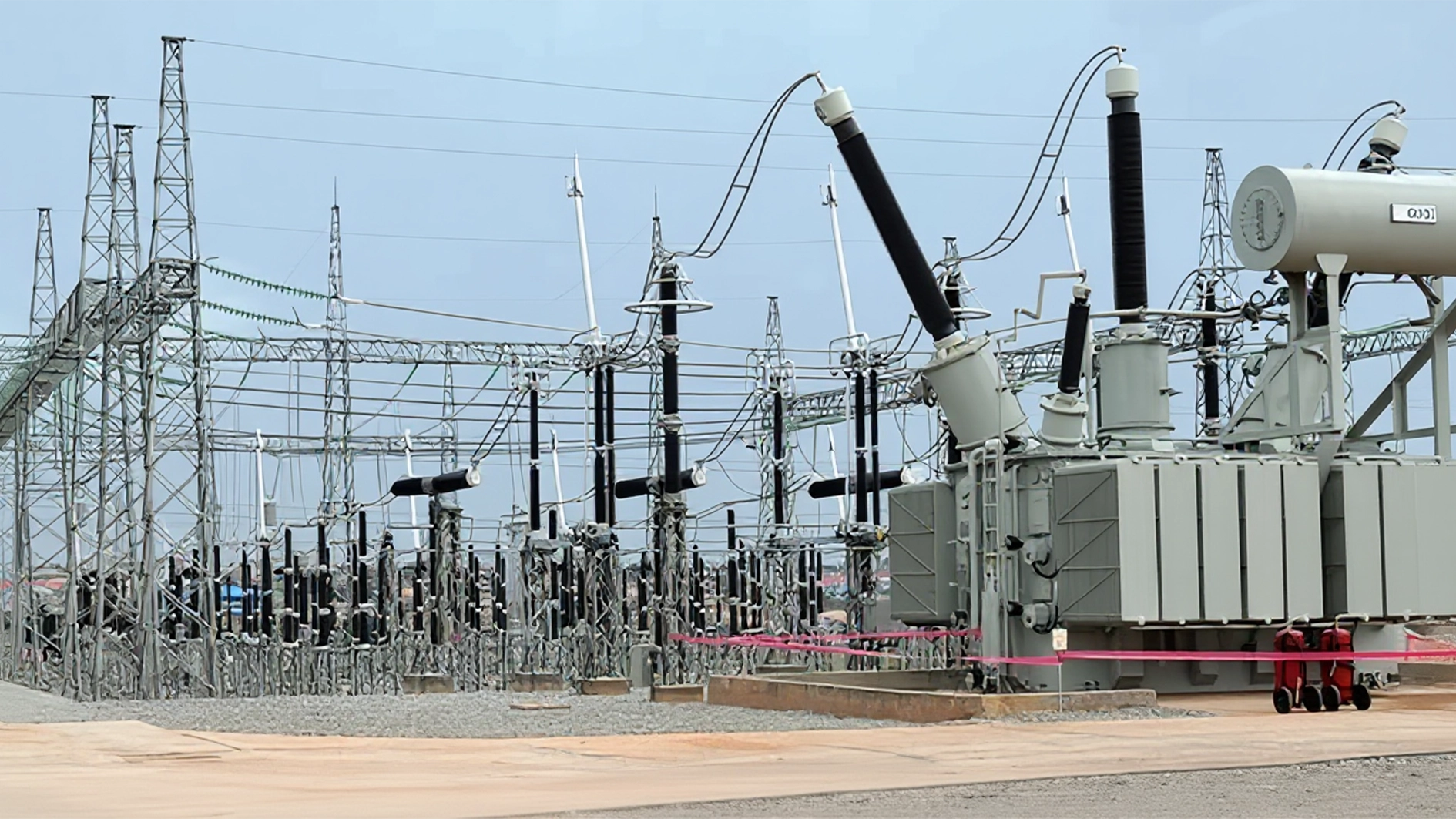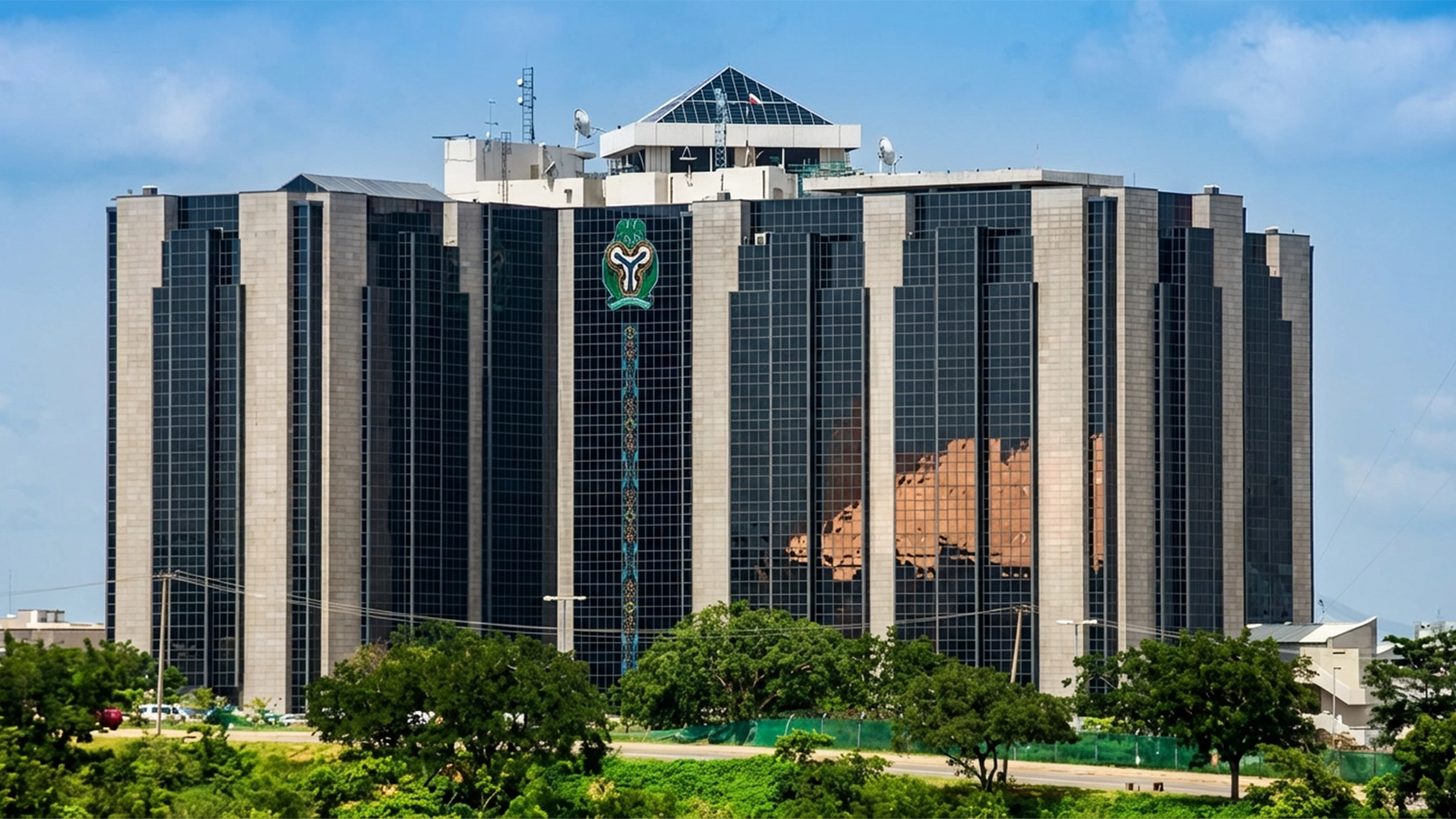
The point needs to be made too that the discoveries speak to another failure of intelligence in the country because reports said the centres have been operating for years.
So, the question is: why did the Directorate of State Security Services, the police, and other law officers, vigilante groups, Community Development Associations (CDAs), traditional and religious leaders, investigative journalists and local NGOs over the years fail to draw the attention of relevant authorities to the existence of these centres?
Reports on the centres, presented horrifying images of the torture facilities under the guise of rehabilitation as the inmates in those centres were alleged to be found bound in chains and in dehumanising conditions. “They were chained, humiliated, victimised and subjected to unnecessary torture, without food and medication,” a report indicated. And one thing is constant about the centres: they were all described as ‘‘illegal Islamic correctional centres’’ and the Muslim authorities have condemned them. The presidency echoed this and stated that “we are glad that the Muslim authorities have dismissed the notion of the embarrassing and horrifying spectacle as Islamic schools.” Various headlines that speak to this view include: ‘‘Buhari: Kaduna ‘Islamic School’ a house of torture, place of slavery;’’ ‘‘Buhari condemns child abuse, knocks Kaduna slave school,’’ ‘‘Mothers of freed kids back Kaduna slave school’s harsh methods’ torture’’ and ‘‘Our ordeals in Kaduna house of horror, by rescued kids.’’
In one of the centres in Zaria, Kaduna State, at least 11 inmates made up of men and children were removed from the illegal facility. This follows the discoveries of other unauthorised rehabilitation centres in Rigasa that held no fewer than 300 persons, chained on the legs and hands and starving under Igabi Local Government Area of Kaduna on September 26; and another on October 14 in Daura, Katsina State where about 360 inmates were rescued, after about 200 of the inmates escaped from the centre during a revolt to protest against alleged homosexual abuses and other forms of harsh treatment.
Similarly, another centre was discovered in another part of Rigasa, in Kaduna, a few days later where 147 inmates, comprising men and women; another was discovered in Kwara State, at Gaa-Odota Area in Ilorin, where 108 people were rescued; while another with 15 inmates were discovered in Yola, the capital of Adamawa State. Another centre has been discovered in Ibadan with young ones who should be in schools in chains and were obviously hungry-looking.
Without pre-empting the outcome of the investigations, the horrifying images of the torture centres shown on various media platforms point to a near situation of what would be described as ‘‘slavery’’ or ‘‘labour camps.’’ This is unfortunate as they are supposed to be ‘‘reformatory; but on the contrary, the ‘illegal’ rehabilitation homes were described as ‘‘houses of horror where inmates are tortured repeatedly beaten, starved and sexually abused; and left to writhe in pains.’’ Also, some of the reports stated that some of the victims were suffering various forms of infection, which were left untreated, while some were mentally ill.
These could just be a tip of the iceberg as there may be several others hidden and spread across the country in various communities, because in most cultures, people with mental health issues, particularly those that are violent are chained or have their legs in logs of wood with hollows; or those suffering from emotional distress perhaps from the sudden loss of a loved one are confined and in some instances sedated with herbal medicines, especially those managed by herbalists.
Therefore, there are native asylums found in different parts of the country, where ‘patients’ are tied – to prevent them from running away. Sometimes, they are tortured with the belief that ‘‘they are beating the devil out of them.’’
Also, children who play tantrums due to psychological issues or as a result of drug abuse are dumped in those centres instead of subscribing to the services of psycho-social therapists. Hence, some parents protested the police rescue of their children from the torture centres.
To say the least, the parents protesting the rescue of their children and wards from such ‘illegal’ correctional centres, insisting that the allegation by the force, that the children were being sexually abused was false, exemplify failed parenting because they cannot give an account of what happens in their absence. Where ignorance is this bliss, is it not folly to be wise?
This may be fuelling the comments of some of the operators of the centres, who claimed that the parents and relatives, who could not care for their drug-addicted and troublesome children, and those with mental illness, came to the centres to register them for rehabilitation. So, the rescued inmates from those centres were being reformed and taught the Qur’an. Some operators even said that their centres are registered.
On the contrary, some of the rescued victims said that they were lured to the centres for various reasons, ranging from dispossessing them of their inheritance and changing their faith to marring foreigners. They argued that it was when they got to the centres that they met their ‘waterloo’, having been maltreated and abused in custody.
These narratives distort the real points at issue. Hence, the need to properly investigate the causes and deal with this unwanted cultural practice that uses religion as a cloak. For instance, social work and welfare services have been abandoned in Nigeria. So, there exists a gap that the traditional and religious structures are trying to fill in an unstructured manner. Essentially, it is the failure of government at all levels to provide appropriate reformatory centres, because it is obvious that there are no alternatives and people resorted to making do with what is available.
As such, the security agencies should continue to uncover such centres and rescue citizens in those ‘shackles’ by working in collaboration with state and local governments and religious and traditional leaders to uncover and stop these abuses which have been in our communities for years but ignored. Also, the operators of those centres uncovered should be thoroughly investigated for human rights violations; and all those involved in the alleged crime must be made to face the full wrath of the law. Anyway, the outcome of the investigations will establish the legality or otherwise of the centres and extent of criminality and slavery as alleged.
Specifically, the legislature should quickly come up with laws focusing on the integration of health and social work services, measures in place to support and develop a strong workforce of social workers, who will work closely with other professionals in health and social care to handle ‘deviant’ young people and their families. This should involve particularly young offenders, people with mental health conditions, school non-attenders and drug and alcohol abusers.
Similarly, the issue of substance abuse must be tackled to reduce the number of those that will require the services of correctional centres. Again, parents should be patient with children who play tantrums instead of just throwing them at ‘‘torture centres;’’ should seek the help of psycho-social workers in managing such children.
More important, Nigeria’s President should not just complain and condemn the ‘‘torture’’ centres. He should work with other levels of government to ensure that the existing gap in the provision of correctional centres is filled, by providing standard rehabilitation centres to eliminate patronage of illegal ones.
Meanwhile, the rescued victims should be properly screened and identified and given appropriate assistance – shelter and basic needs such as food, water, clothing, toiletries and on-going medical care. Direct assistance to victims is important because of the bodily harm such as bruises; infectious diseases, including sexually transmitted diseases and HIV/AIDS; low self-esteem; depression; trauma; malnutrition; lack of adequate clothing; fear, insecurity and anxiety; mistrust of self and others; shame; lack of shelter or appropriate accommodation; alcohol, drugs and substance abuse they may have suffered while in captivity.
Also, their education and vocational training should be considered a priority. In this enterprise, vocational training should also be an important element since it helps to ensure the sustainability of reintegration by increasing the victims’ chances of gainful employment, as well as increasing their confidence and general life skills.
A major stakeholder in the reintegration process of the rescued victims is the Federal and State Ministries of Women Affairs and Social Development (FMWASD). Being the main service provider should coordinate and play a critical role in the whole process of victim assistance, reintegration and monitoring/follow-up on the well-being of reintegrated victims. Civil society organisations (CSOs) should also play a supporting role to the ministries in direct assistance and reintegration of victims for synergy of intervention outcomes. Local government authorities, which are closer at the community level should provide various services that victims can benefit from, such as assessing the family situation, identifying the specific needs of the victims’ families and linking them to existing government programmes; collaborating with law enforcement agencies to ensure the safety of the victims and the provision of necessary documentation and monitoring for reintegrated victims.






